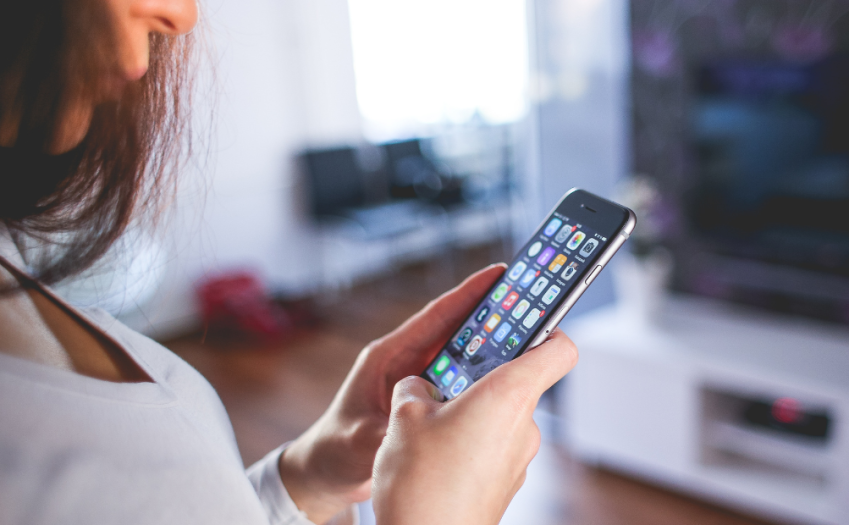
Earlier this year, we marked the 15th anniversary of the launch of the first iPhone at MacWorld in 2007. Steve Jobs, Apple’s founder and CEO at the time, claimed that with iPhone Apple was going to ‘re-invent the phone’.
Fifteen years later, and with more than a billion iPhones currently in active service across the world, it’s probably fair to say that it’s helped to reinvent a whole lot more – particularly when it comes to customer service.
Firstly, it’s important to note that while Apple and the iPhone have been central to the mobile smartphone revolution, they’re not the whole story.
While iPhone may currently account for 59% of smartphone sales in the US and over 50% in the UK, the figure is only around 12% in South America and 15.5% across Africa. So, it’s extremely important to remember that other smartphone brands are available (and at much more accessible price points!).
However, iPhone still makes the headlines because it’s the premium smartphone brand, and one that has driven a consistent stream of functional innovation into the smartphone space over the last 15 years.
Smartphone Innovation
I mean, when you look at it the list is endless…
From touchscreen operation, email and web access in 2007, the launch of the app store in 2008 followed closely by the introduction of 3G connectivity, a digital compass and video capture in 2009 – its innovation has been relentless.
And that’s even before we come to talk about the front camera for selfies and video chat in 2010, Siri digital assistant in 2011, Touch ID authentication in 2013, the Apple Pay digital wallet in 2014, 4K video in 2015, wireless charging and Face ID in 2017, augmented reality support in 2018, and 5G connectivity in 2020…
The result is a device that is very different today to the original iPhone of 15 years ago.
According to data collated by Ericsson and The Radicati Group there are now some 6.64 billion smartphone users around the world, a figure that has risen by around 30% over the last five years. This means that the majority of people now carry a device that is hugely powerful, highly personal, and capable of connecting them to the key digital services that impact almost all aspects of their family, social and working lives.
And for more than half of these smartphone users, these devices are their main way of accessing digital services. We’re all living in a mobile first world, and while in the US and the UK mobile connectivity to the Internet sits at around 50%, that figure rises significantly in countries such as China where smartphones account for 65% of all web access, or Nigeria where it is a whopping 85%.
How the smartphone has impacted Customer Experience
So for a large proportion of people the smartphone hasn’t simply impacted their customer experience over this period, it has become the customer experience – and the engine for much of the key data that is needed to drive successful interactions.
From the simple, pocket-sized communication capabilities of the first iPhone, we now engage via devices that are always on, know where we are, and probably also have a good idea of what we’re meant to be doing each day.
Our smartphones have utterly transformed the way we keep in touch with each other, and increasingly how we engage with organisations. Features such as Touch ID and Face ID allow us to identify who we are and provide us with the security we need to access services, while virtual assistants such as Siri, Alexa, Cortana and Google Assistant recognise our voices, answer our questions and give us directions when we need them.
Explosive growth of apps transforms key sectors
Since the first iPhone we’ve also seen how smartphones and the explosive growth of apps to run on them have transformed key sectors such as finance, retail, utilities, travel and transport. The combination of smartphone apps and self-service capabilities mean that as consumers we now handle much of the day-to-day management of our brand relationships ourselves. And when we need to reach out to an organisation, we use our smartphones to send messages, open up chats, have video calls, or even make calls into contact centres.
How brands manage all these discrete interactions is still critically important. We might be using our smartphones to initiate these contacts, but we still need organisations to ensure there’s a consistent digital customer experience across all these different channels. With customer expectations continuing to rise, it’s essential for brands to build personalised customer journeys that allow us to engage across our favourite channels. This requires deep integration, and it shouldn’t be left to the contact centre advisor – or worse, the customer – to join the dots here.
The Future of Digital Customer Experience
Even though we’re now a decade and a half into the iPhone era, in many ways we’re just getting started. Faster processors, better cameras, increased Augmented Reality capabilities and smarter AI will all combine to provide us with an increasingly intelligent platform that supports new and improved ways of engaging with brands.
Whether it’s new AR-powered apps that – in a shopping example – will allow retail customers to visualise their purchases at home before committing, AI-enabled banking services, or widespread 5G connectivity to make access seamless, smartphones will continue to enable CX experiences that delight us.
Will the iPhone still be around in 15 years’ time? I wouldn’t bet against it, but with Apple rumoured to be launching its first AR/Virtual Reality headset later this year – and with the metaverse looming – there’s no doubt that our 2037 digital customer experiences will be very different from those of today!